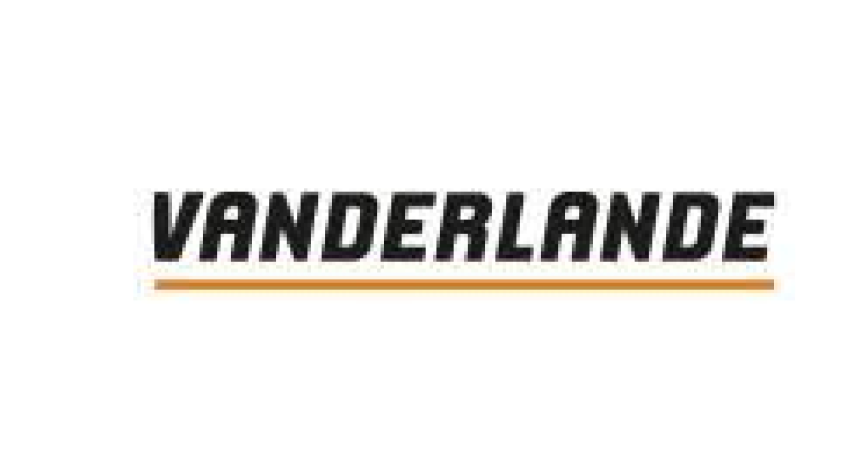
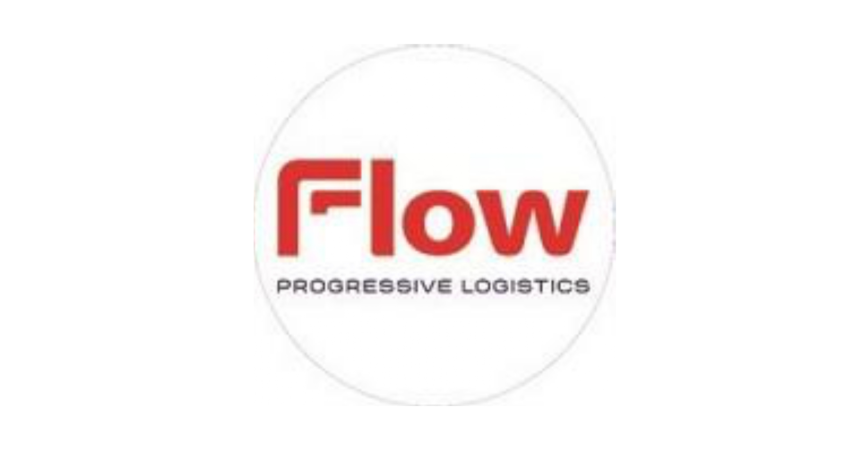







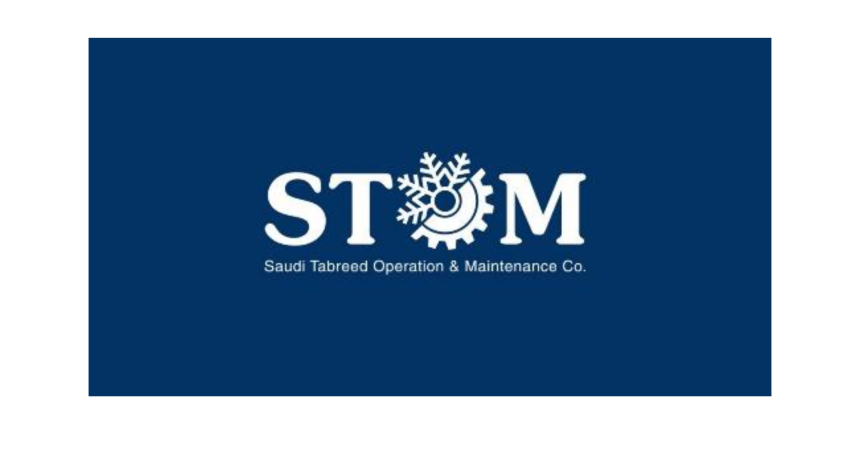










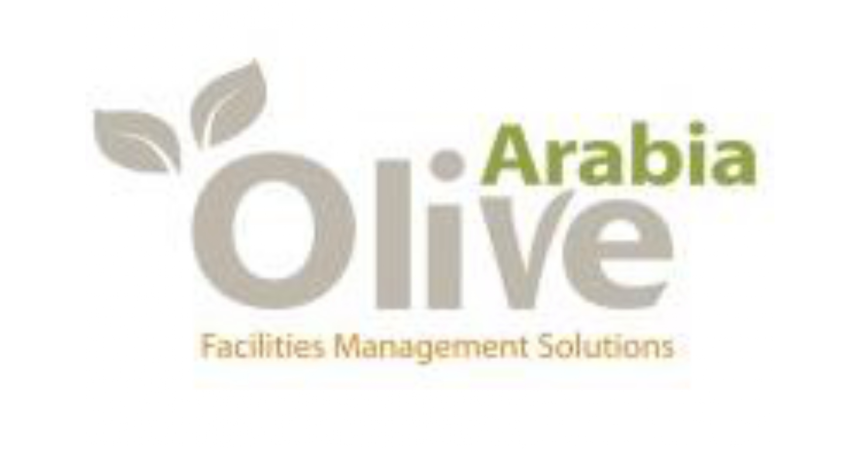



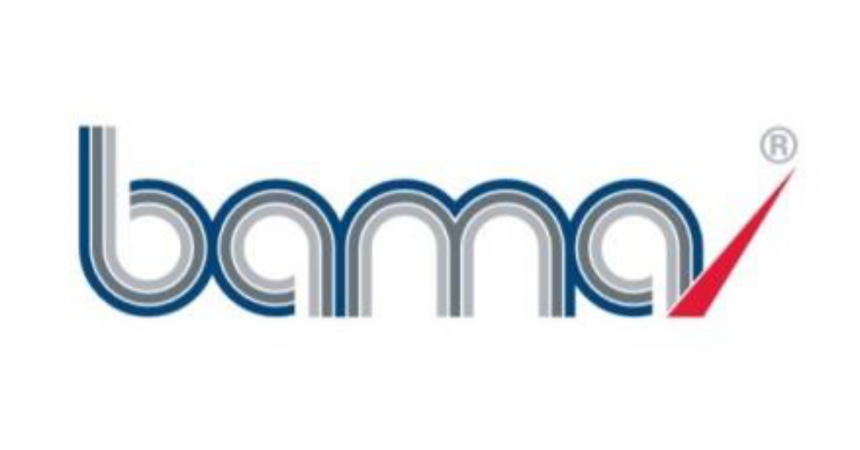








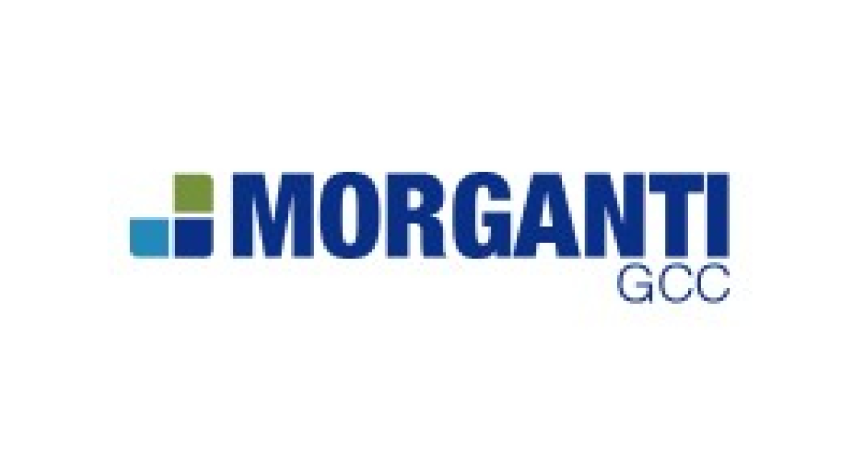



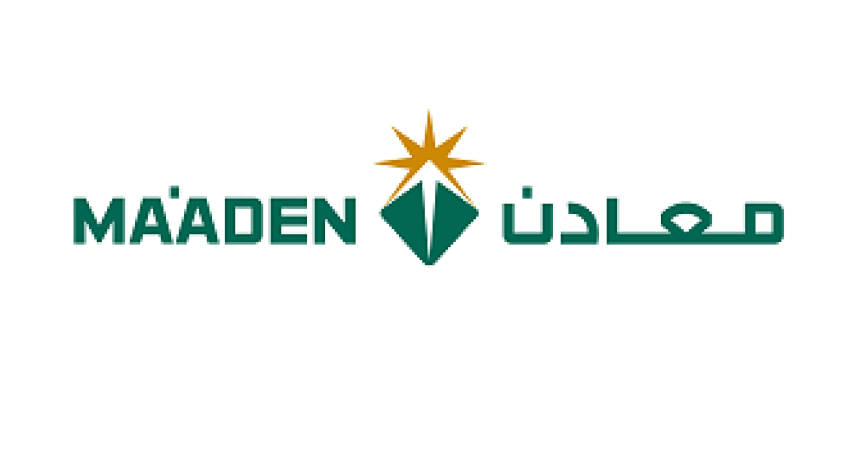








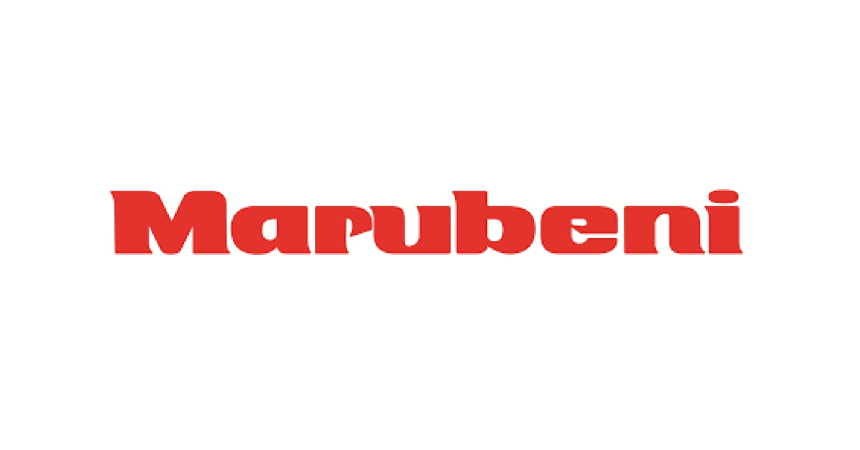
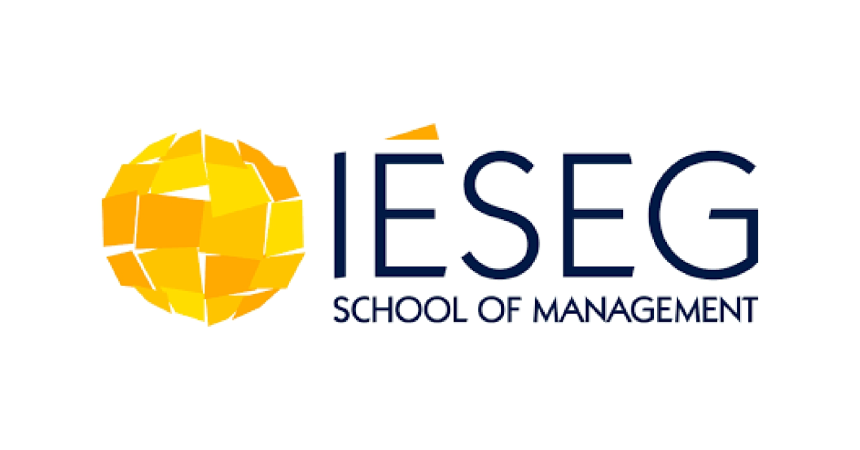

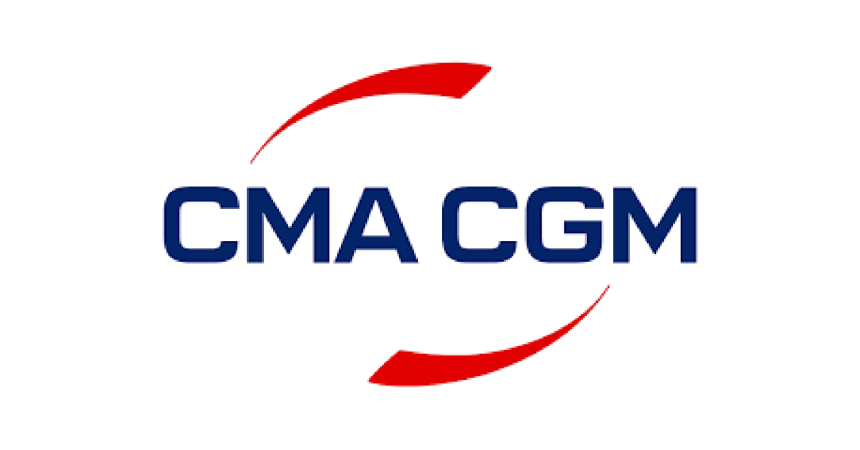













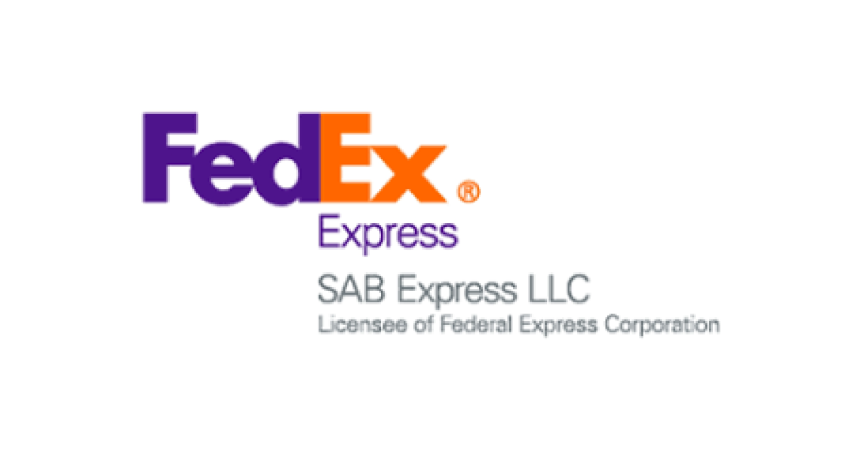












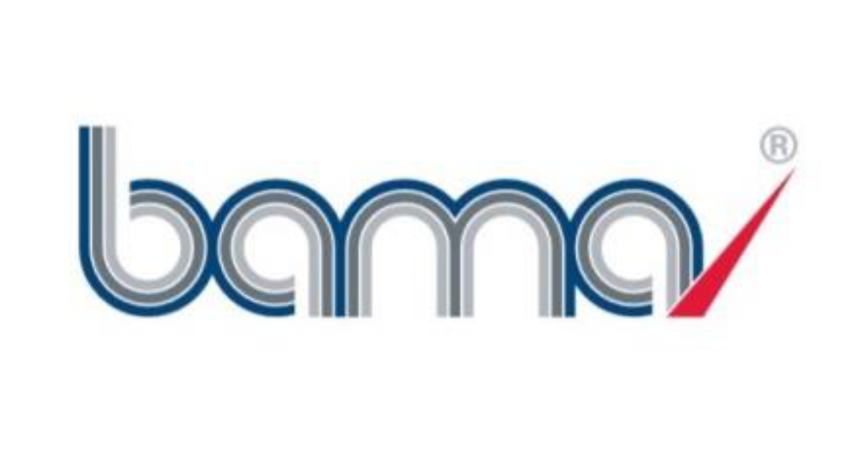




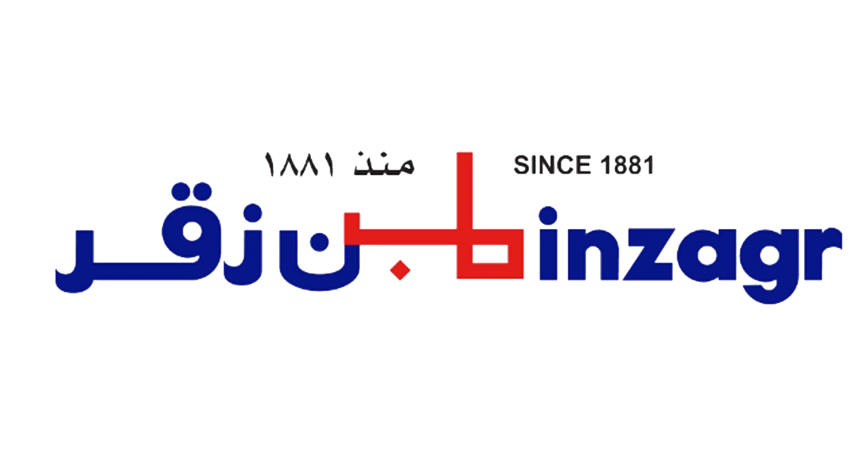
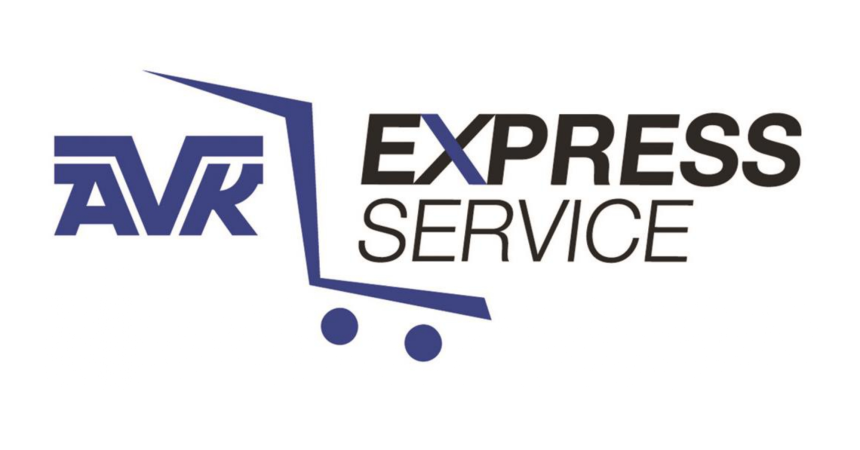


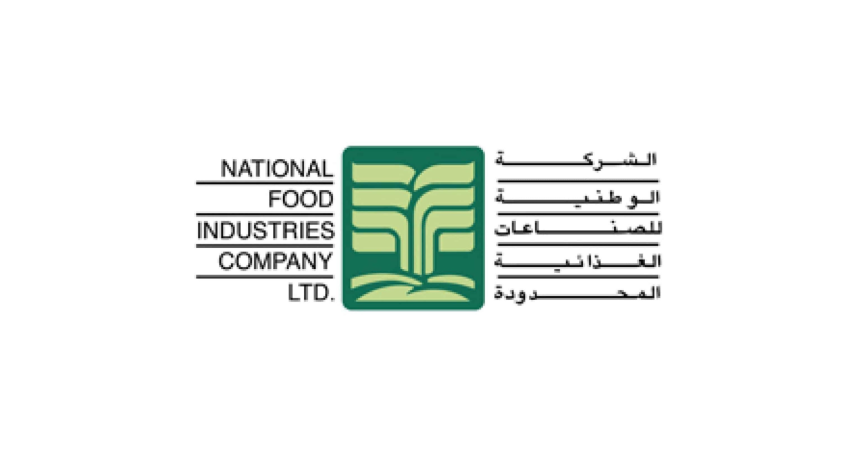

About US
TFM offers a comprehensive portfolio of supply chain outsourcing services that help companies drive more value across the enterprise. Driven approach for developing and delivering powerful, effective supply chain solutions, TFM offers the best supply chain services that help you quickly build and scale up the capabilities you need to run agile, resilient and sustainable supply chains.
We use best-in-class processes, Supply chain management technology and our deep understanding of market-leading supply chain organizations to help enterprises move beyond cost savings and make the supply chain their competitive advantage. Whether it’s improving stock delivery through better supply planning or reducing shipment costs through effective logistics management, TFM helps you get results.
TFM pioneered a pan KSA operations model for delivering high-value and top-class supply chain services. With offices and operations centers across KSA, TFM brings local market knowledge and global expertise to your supply chain.
With TFM , you’ll not only get customized supply chain outsourcing services, but you’ll experience the true power of supply chain capabilities.
Comprehensive Services
- Planning & Forecasting
- Inventory Management
- Logistics Management
- Supply Chain Data Management
- Demand Management
- Replenishment Services
- Supply Planning
- Global Supply Chain Expertise, Innovative Outsourcing Solutions.
In our experience, clients prefer solutions geared to their needs, not ours. So, we listen to your requirements and evaluate every situation on its own terms.

To learn more call our Services Specialist at +966 55 486 3510
Get In Touch
FAQs
Supply chain management (SCM) refers to the planning, coordination, and execution of activities that bring raw materials, components, and finished goods from suppliers to customers. This process encompasses procurement (sourcing raw materials), production (manufacturing), logistics (storage and transportation), and distribution (delivering the final product). SCM is essential for ensuring that the right products are delivered to customers at the right time, in the right quantity, and at the right cost.
Effective SCM improves operational efficiency, reduces costs, and enhances customer satisfaction by minimizing delays, stockouts, and waste.
The key components of a supply chain are:
Suppliers: Provide raw materials, components, or services necessary for production.
Manufacturers: Convert raw materials into finished goods.
Warehouses: Store products before they are distributed.
Distribution Centers: Manage the flow of products to various retail or business locations.
Transportation Providers: Facilitate the movement of goods between different locations (e.g., trucks, ships, trains).
Retailers: Sell products to end customers (can be physical stores or e-commerce platforms).
Customers: End users who purchase and consume the products.
Understanding each component allows businesses to identify inefficiencies, optimize processes, and improve collaboration across the entire supply chain.
Efficiency in supply chain management can be enhanced through:
Demand Forecasting: Using data analytics and AI to predict customer demand more accurately, reducing excess inventory and stockouts.
Lean Inventory: Applying just-in-time (JIT) principles to minimize inventory holding costs while ensuring products are available when needed.
Automation: Implementing automated systems for order processing, inventory management, and warehouse operations.
Supplier Collaboration: Working closely with suppliers to streamline production schedules and reduce lead times.
Technology: Using software solutions like Enterprise Resource Planning (ERP), Warehouse Management Systems (WMS), and Transportation Management Systems (TMS) to integrate and optimize supply chain functions.
Why It’s Important:
Efficiency translates to cost savings, faster lead times, and better customer service, which ultimately improves competitive advantage.
Key challenges include:
Supply Chain Disruptions: Events such as natural disasters, geopolitical tensions, or pandemics (e.g., COVID-19) can disrupt the flow of goods.
Demand Variability: Fluctuations in customer demand, which can lead to stockouts or overstocking.
Inventory Management: Balancing the right amount of stock to meet demand while minimizing excess inventory.
Cost Control: Managing transportation, production, and storage costs, especially with rising fuel prices and labor shortages.
Supplier Reliability: Ensuring that suppliers meet quality, cost, and delivery expectations.
Data Management: Handling large volumes of data across multiple supply chain partners, which requires advanced analytics and visibility tools.
Supply chain visibility refers to the ability to track and monitor the movement and status of goods, inventory, and information in real time. The benefits include:
Faster Decision Making: Real-time data allows for quicker responses to disruptions or changes in demand.
Reduced Lead Times: Better visibility helps identify bottlenecks and inefficiencies, enabling faster flow of goods.
Enhanced Customer Service: Real-time tracking ensures that customers are kept informed about their orders, leading to better satisfaction.
Proactive Risk Management: Visibility allows companies to spot potential disruptions (e.g., stockouts, delays) before they impact operations.
Cost Reduction: Improved accuracy in forecasting and inventory management leads to reduced storage and transportation costs.
Technology plays a transformative role in improving efficiency, accuracy, and collaboration in supply chains:
Artificial Intelligence (AI): AI helps with demand forecasting, predictive analytics, and automating routine tasks.
Internet of Things (IoT): IoT devices, such as sensors and RFID tags, provide real-time tracking of inventory, equipment, and shipments.
Blockchain: Enhances transparency and security, providing a decentralized ledger for tracking the provenance of goods.
Robotics and Automation: Robots in warehouses, automated picking systems, and drones for deliveries improve efficiency and reduce labor costs.
Cloud Computing: Allows for seamless data sharing and collaboration between supply chain partners, reducing delays and improving decision-making.
Effective risk management involves:
Risk Identification: Identifying potential risks (e.g., natural disasters, geopolitical instability, cyberattacks, etc.).
Diversification: Diversifying suppliers and transportation routes to reduce dependence on a single source or region.
Contingency Planning: Developing plans to address disruptions, such as alternative sourcing strategies or emergency inventory reserves.
Supplier Audits: Regularly auditing suppliers to ensure they adhere to quality and safety standards.
Data Analytics: Using predictive analytics to forecast potential disruptions and proactively manage risks.
Explanation: Resilience refers to the ability of a supply chain to recover quickly from disruptions. To build resilience:
Diversify Suppliers: Reducing dependence on a single supplier or region mitigates the impact of disruptions.
Build Inventory Buffers: Maintain a safety stock of critical items to buffer against supply interruptions.
Agile Operations: Foster flexibility in production and logistics to quickly adapt to changing circumstances.
Scenario Planning: Regularly simulate different disruption scenarios to prepare for possible risks.
While the terms are related, they have distinct meanings:
Supply Chain Management (SCM): Encompasses the end-to-end management of the flow of goods, services, and information, from raw materials through to the customer.
Logistics: A subset of SCM that focuses specifically on the transportation, storage, and distribution of goods.
Inventory management is critical for ensuring that you have the right amount of stock at the right time. Key strategies to optimize inventory management include:
Demand Forecasting: Leveraging data analytics and historical sales data to predict customer demand more accurately, reducing the risk of overstocking or stockouts.
Safety Stock: Maintaining a buffer stock of critical items to prevent disruptions caused by unforeseen demand spikes or supply delays.
Economic Order Quantity (EOQ): This model calculates the optimal order quantity that minimizes both ordering costs and inventory holding costs.
ABC Analysis: Categorizing inventory into three groups based on their importance (A being the most critical, C being the least) helps prioritize inventory management efforts and ensures critical items are always available.
Inventory Turnover: Tracking how often inventory is sold and replaced during a given period helps identify slow-moving items that could be liquidated or discontinued to free up storage space.
A demand-driven supply chain focuses on responding to actual customer demand rather than relying on forecasts. In this model:
Pull-Based System: Products are made or ordered only when there is confirmed customer demand, rather than producing based on forecasts.
Real-Time Data: Data from sales, inventory levels, and customer orders are used to dynamically adjust production schedules and inventory levels.
Agility: The supply chain is more agile, allowing for quicker adjustments in production and distribution based on real-time demand signals.
Reduced Waste: Since products are manufactured or stocked only as needed, excess inventory and waste are minimized.
Ensuring compliance involves adhering to legal and regulatory requirements, such as environmental laws, labor standards, and customs regulations. Steps to ensure compliance include:
Supplier Audits: Regularly auditing suppliers to ensure they meet quality, environmental, and ethical standards.
Training: Educating employees and partners on compliance requirements and best practices.
Tracking Regulations: Keeping up to date with changing regulations in different markets and industries to ensure your supply chain stays compliant.
Documentation: Maintaining accurate records of transactions, contracts, and certifications to prove compliance if required by regulators.
Technology Solutions: Using compliance management software to track and manage the complexities of legal requirements.
KPIs are used to measure the performance and efficiency of supply chain operations. Common KPIs include:
On-Time Delivery (OTD): The percentage of customer orders delivered on or before the promised date. It reflects the reliability of the supply chain.
Inventory Turnover: A measure of how often inventory is sold and replaced in a given period. High turnover indicates efficient inventory management.
Order Accuracy: The percentage of orders that are shipped without errors (e.g., wrong products, quantities, or damages).
Supply Chain Costs: Total costs of production, transportation, warehousing, and inventory management, often tracked as a percentage of revenue.
Lead Time: The total time from order placement to delivery. Shorter lead times generally improve customer satisfaction.
Fill Rate: The percentage of customer orders that are fulfilled in full at the first shipment. It’s a key indicator of inventory and demand planning efficiency.
Why It’s Important: KPIs provide actionable insights into supply chain performance and help businesses identify areas for improvement, optimize operations, and align activities with strategic goals.
